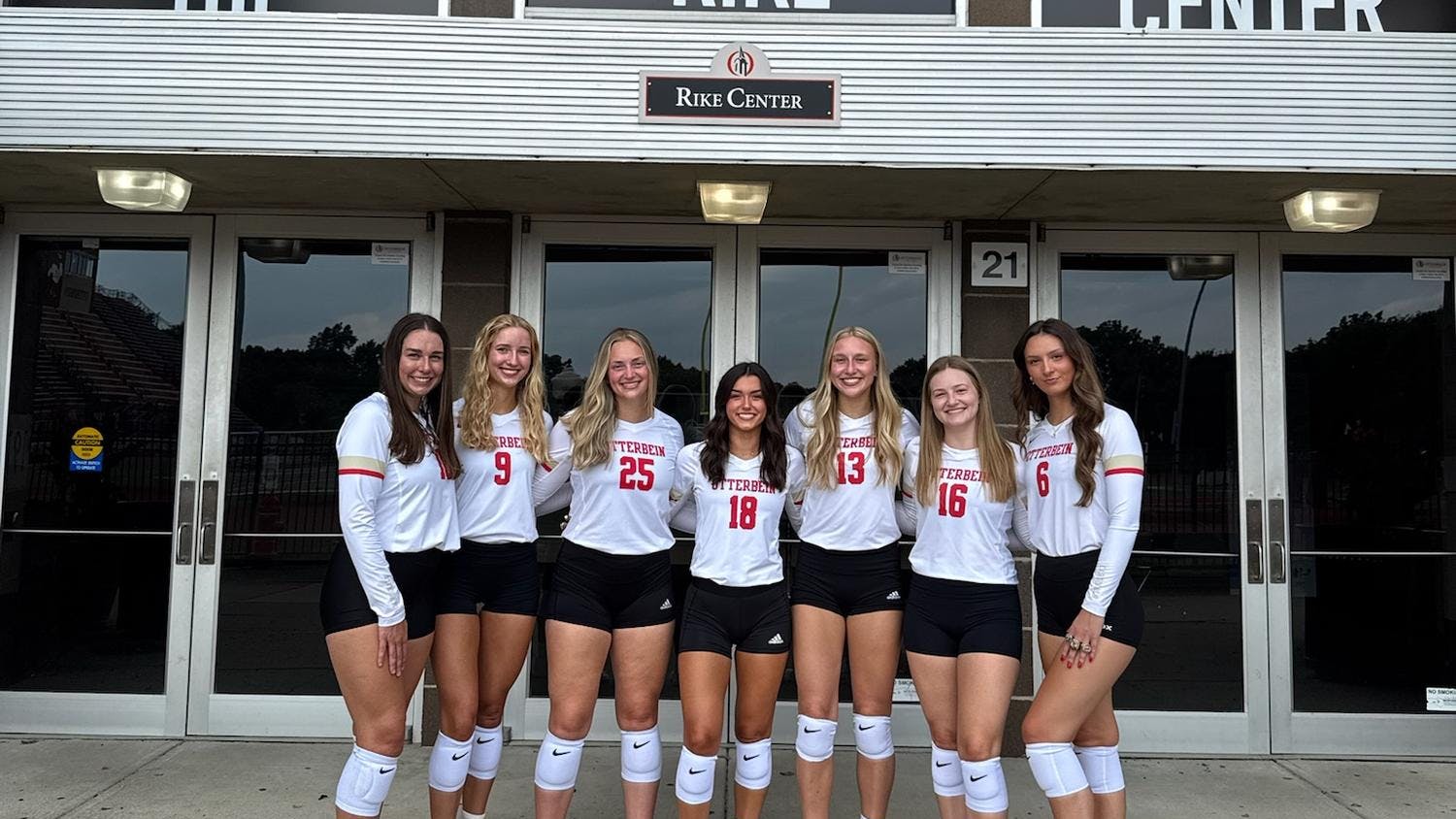For the first time in five years, tuition will increase for students. Students will pay an annual $600 more, an increase of about two percent. Following a “tuition transparency” model, incoming students will know exactly how much tuition they will pay during their four years at Otterbein.
The budget committee brought the revised academic 2019 operating budget and projection to the board of trustees meeting this past Saturday, Oct. 20 for approval. The budget revisions include an increase to tuition and room and board. Also incorporated into the budget is an increase to the student-to-faculty ratio and a dependency on student enrollment.
According to Interim Vice President of Business Affairs Anne Krieger, Otterbein has been running at a loss for several years and is beginning the fiscal year in a deficit of approximately $4.8 million. Following the budget projection model, Otterbein should see positive net revenue at the end of academic year 2022.
“I know a lot of students already struggle with the cost of tuition,” said sophomore nursing major Hannah Smith. “They already have financial situations figured out and now Otterbein is asking them to pay more.”
Despite tuition having been frozen, Otterbein had been steadily increasing room and board by 4 percent each year. This model instead projects a 2 percent annual increase, about $200, which will keep Otterbein’s room and board at a mid-point compared to other similar schools.
Otterbein is not planning on introducing any new additional fees.
“Don’t play the fee game,” said President John Comerford. “[Students] will pay more, it's just instead of a fee, it's going to be that first tuition increase.”
The university administration anticipates an increase to its student-to-faculty ratio from 12-to-1 to 13-to-1 and to increase its student-to-staff ratio from 9-to-1 to 11-to-1. The plan is to achieve this through attrition. The university has made it clear that there will not be layoffs. Instead, it will leave vacancies unfilled. Following the model, the university will reduce the number of staff by three by academic year 2021. This will save the university approximately $700,000 per year.
Krieger said that 85 percent of operational revenue comes from student-related fees. Because of this, student enrollment is essential to the success of the model.
The model projects an increase of 40 undergraduate students per academic year. The projection is based off of new incoming students from the Opportunity Scholarship, the new aquarium track in the zoo and conservation science program and Otterbein’s partnership with Columbus State and the Shanghai Publishing and Printing College.
Graduate enrollment is also expected to increase with the addition of new programs like the psychiatric and mental health nurse practitioner program.
The board of trustees, which has final authority on all university decisions, approved the tuition and room and board increases at their meeting on Saturday, Oct. 20.







